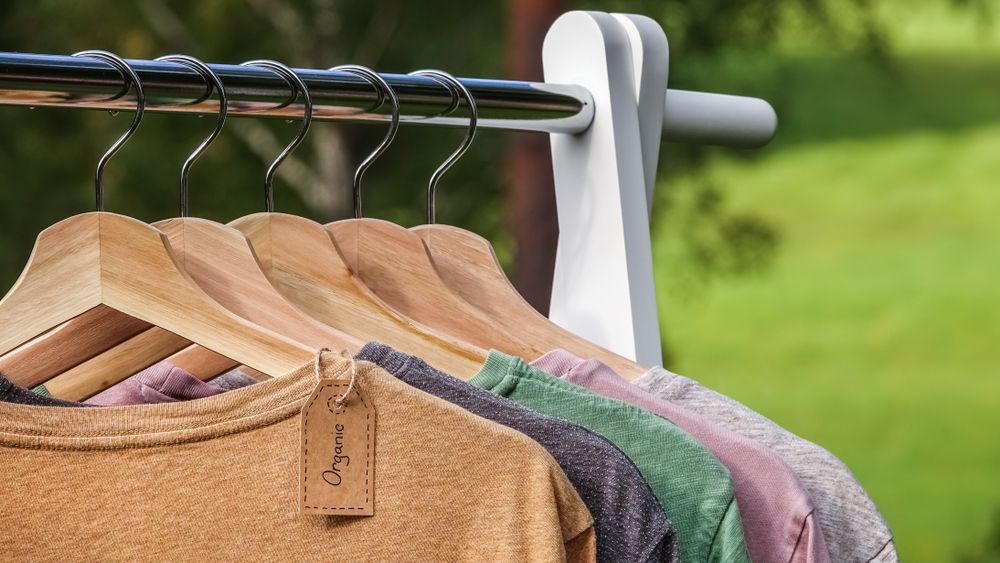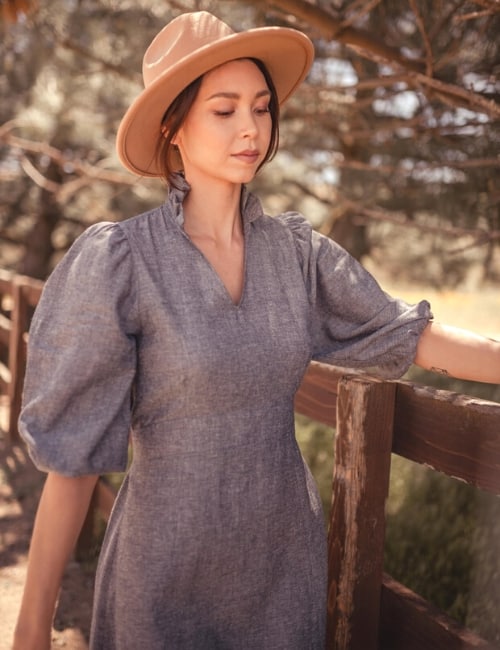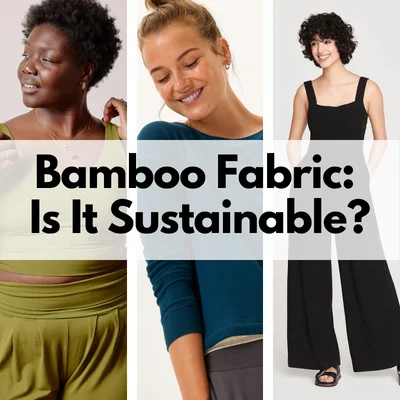Excellent Tips For Choosing Bamboo Clothes
Wiki Article
What Are Some Of The Advantages That Low Impact Fibres Hemp Clothing Can Offer The Environment.
Low impact fiber hemp clothing provides numerous environmental advantages when compared to clothes made of other materials. These include synthetic fibers, cotton and traditional cotton. Hemp clothing is environmentally friendly. It is fast growing and requires little irrigation, herbicides or pesticides. Hemp can adapt to different soils and thrives in various climates.
Hemp is known to require less water than cotton. Cotton is, however is known for its water-intensive nature. It makes hemp clothes a more efficient option when it comes to water usage.
Hemp can be grown without pesticides and herbicides. In many instances, this reduces the impact on the environment of chemical agriculture.
Hemp cultivation can improve soil health by preventing soil compaction and erosion. Hemp cultivation also enhances the soil for future crops.
Hemp can be biodegraded. It breaks down naturally over time, and it reduces the waste of textiles. Synthetic fibers, like polyester, can last up to a few hundred years before decomposing.
Low Carbon Footprint - The hemp fibers have a lower carbon footprint than synthetic materials. Additionally, hemp is able to absorb carbon dioxide during its growth and act as a carbon storage.
Hemp clothing is known to be durable and lasts for a long time. Hemp clothing of high quality can last many years. This reduces the need to replace it frequently and waste.
Hemp plants exhibit natural resistance against many pests. Chemical pest control is not necessary.
Hemp is an incredibly versatile textile that can be used to create bags, clothing, or accessories.
Regenerative agriculture: Some sustainable farming methods incorporate hemp into regenerative agricultural systems, which aim at restoring and improving ecosystems as well as generating plants. It could have positive effects on the environment.
The dyeing process, transport, and consumer behaviours all have an impact on the overall sustainability. In addition, as in any other sector manufacturing standards and practices may differ. To ensure you are getting the most environmentally friendly benefit, choose sustainable or organic hemp clothing. Check out the top great site on hemp clothes for more examples including hemp fabric clothing, hemp baja hoodie, american made hemp clothing, dash hemp clothing, hemp tee shirts, hemp jeans, hemp clothing for men, patagonia island hemp pants, hemp fabric by the yard, patagonia hemp island pants and more.

What Is It That Gives Hemp Fibers Their Breathable, Moisture Wicking And Thermoregulatory Properties?
Hemp fibers are both breathable and moisture-wicking. They also have thermoregulatory qualities due to their distinctive chemical and structural properties. These characteristics are a result of the following factors. Microstructure- Hemp fibres have a hollow, porous structure which allows air to circulate inside the fibers. Porosity from nature is what makes hemp textiles so breathable. This structure, when weaved or knitted, permits air to circulate, encouraging ventilation, and preventing heat and humidity from accumulating on the body.
Wicking and Absorption of Moisture- Hemp fibers are hydrophilic, which means they have a strong affinity for water and can absorb moisture quickly. These fibers absorb moisture and sweat off your surface of the skin while wearing hemp clothing. This prevents a feeling of dampness. They also spread water over a larger area so that it can evaporate faster. In the course of physical activity and in hot temperatures, this ability to wick moisture helps keep you cool and dry.
Thermoregulation Hemp fibers possess natural insulation properties. In cold temperatures, they hold heat near your body and provide warmth. However, they let excess heat and moisture to escape during hot weather, helping to keep you cool. The inherent thermoregulation ability makes hemp clothing appropriate for a wide range of temperatures and types of activities.
Hemp fibers have antimicrobial properties, and can inhibit the growth of bacteria that cause stinks. This is a factor in the freshness and protection from the odor of hemp clothing in times of training.
Hemp clothes are durable and lasts for a long time. It can be washed and worn over and over without losing its breathability and moisture-wicking abilities. This increases the lifespan of hemp clothes, reducing their need to be replaced and reducing the environmental impact.
UV Protection Hemp fibers protect the skin from harmful UV radiation. The ability to block UV rays make hemp clothing suitable for activities outdoors.
It is important to remember the fact that these qualities are found in hemp fibers. They do not depend upon chemical treatments or other additives. Hemp has natural characteristics that allow it to be a sustainable and comfortable option for clothing. These qualities are also preserved when hemp fibers become textiles. They are a highly sought-after material for eco-friendly clothing. Follow the top more helpful hints about hemp clothing for site tips including hemp work pants, hemp clothing near me, hemp button down shirt, hemp hoodie, jungmaven clothing, hemp active wear, american made hemp clothing, hemp bathing suit, clothes made from hemp, hemp shirts and more.

What is the difference between hemp and bamboo fibers?
Both bamboo and hemp fibers are plant-based fibres that are used to create textiles. Each one has its own unique properties and characteristics. Here are the key differences between hemp and bamboo fibers- 1. Plant Source-
Hemp- Hemp fibers are taken from the hemp stalks plant, and specifically the bast fibers that are in the outer layer. Hemp is versatile, fast-growing and has been used in the production of numerous products over the years.
Bamboo fibers are made from bamboo pulp. Bamboo is a rapid-growing grass, renowned for its toughness and rapid renewal.
2. Fiber Specifications-
Hemp- Hemp is known for its strength and durability. These are the strongest of all the natural fibers. With each wash they soften which makes them suitable for clothing that lasts a long period of.
Bamboo fibers can be smooth and soft. They are more fragile and less robust than hemp fibers, but are still valued because of the softness they offer against skin.
3. Texture-
Hemp- Hemp fabrics have an abrasive, textured sensation in their natural state. It's comfortable, but its texture is distinct from bamboo.
Bamboo fabric is silky-smooth and extremely soft. It is often described by its wearers as feeling like a mix of silk and cotton.
4. The ability to breathe and the moisture-wicking
Hemp Fibers Hemp fibers help to absorb water, are naturally breathable. They can help you stay cool and dry in the summer heat.
Bamboo The bamboo fibers are very breathable and moisture-wicking. Micro-gaps increase the capacity of these fibers to regulate humidity and temperatures, making you feel comfortable no matter what conditions.
5. Environmental Impact-
Hemp Hemp can be considered an environmentally friendly fiber due to due to its rapid growth rate, its low water needs, and resistance to pests. These elements help reduce the need for herbicides and pesticides. Hemp is also able to sequester carbon dioxide from the atmosphere during its growth.
Bamboo is known for being ecologically sustainable. It grows quickly, requires little water and is a breeze to cultivate without synthetic pesticides. Certain bamboo varieties, such as Moso bamboo are extremely ecological.
6. Processing-
Hemp- Hemp fibers must be extensively processed in order to separate the outer bast fibres from the inner core. The process may involve retting or decortication.
Bamboo Fibers- Bamboo fibers are obtained via a chemcial process known as the viscose/rayon method. This is accomplished by using chemicals to break the bamboo into pieces. Closed-loop systems can be used to eliminate the chemical waste from certain bamboo textiles.
7. Versatility-
Hemp- Hemp fibers are flexible and can be can be used in a range of applications, including paper, textiles, clothing, building materials, and more.
Bamboo fibers are found in a variety of products, including towels and bedding.
Bamboo and hemp are distinctive and possess benefits for sustainability. The choice of which one to choose is contingent on the specific characteristics and features you are looking for in a textile item as well as your personal preferences regarding the environment. See the best bamboo clothing for more examples including bamboo undergarments, bamboo yoga clothing, angel dear bamboo pajamas, bamboo fibre clothing, bamboo onesies, bamboo long sleeve shirt, bamboo shirt, bamboo dress shirt, bamboo cay shirts christmas, bamboo yoga pants and more.
